Main ingredients to prepare Mon dish cooked with dried buffalo skin.
From the available ingredients in the daily life of the Muong people, combined with traditional indigenous culture, and elaborate processing methods, we have created an unforgettable specialty for every diner.
The two main ingredients to make this strange and attractive dish are buffalo skin and taro. The taro leaves used for cooking are the sweet taro variety grown in gardens, ponds or fields. The buffalo skin is cleaned when the buffalo is slaughtered, then hung on the kitchen loft. With the daily smoldering smoke, the buffalo skin will dry and never go rancid. Only when cooking will the people take it down to process.
For the Muong people, men are usually the main chefs, while women help with related tasks. As a son of Muong land in Toan Thang commune, Mr. Bui Van Nam was taught by his father how to cook traditional specialties. Although the steps are quite elaborate, the finished product promises to be an irresistible delicacy.
Knowing the secret, in the space of the Muong village, next to the flickering fire, Mr. Nam's hands quickly began to prepare the buffalo skin for preliminary processing. He could quickly calculate the amount of ingredients for how many people to eat.
“If 4 people eat, you need about 400g of dried buffalo skin, 500g of taro leaves, 3g of mac khen seeds, 10g of ginger root, 3g of wild guelder rose leaves, 1 young papaya; spices include fish sauce, seasoning powder, cooking oil, lard or cooking oil” - Mr. Nam shared.
As he spoke, he lowered the skewer of buffalo hide hanging from the kitchen loft, still black with smoke, to begin processing. It looked like that, but when the buffalo hide was grilled over charcoal, all the black patches on the outside would burn off and swell up. At this point, using a pestle to pound for a while, all the black parts could be removed, revealing the naturally golden skin, and then washed with water.
Buffalo skin is hung on the wood stove.
Use a pair of tongs to heat the buffalo skin over charcoal.
Taro leaves are picked by hand (without a knife), washed and rolled into a handful, because it is believed that this is the right way to eat them; some old trees have their outer skin completely removed. Choose green, young papaya; use a knife to lightly score the outer skin to let the sap flow out, wash it again and slice it thinly, leaving the seeds. He (mac khen) seeds are heated over a fire to release their aroma, then pounded in a mortar. Wild kie leaves and ginger roots are also ground.
Muong women pick taro leaves in the garden to cook a specialty dish.
Mr. Bui Van Nam sliced buffalo skin after boiling it.
After preparing all the ingredients, it is time to start cooking with skillful hands. It usually takes half a day to get the finished product. After being pre-processed, the buffalo skin is put into a pot to boil for about 2 minutes, then washed again, and the first water is discarded. Continue to put the skin in the pot to simmer until it expands and softens; remove and cut into bite-sized pieces.
Next, add taro leaves and thinly sliced papaya into the pot of buffalo skin broth, add a little ginger, a few drops of cooking oil or lard to soften the taro leaves and create a rich flavor. When the taro is soft and smooth, put the buffalo skin back into the pot, stir well so that everything blends together into a thick paste. Finally, season, add ginger, he seeds, wild guelder rose leaves and stir well again to complete the dish.
When enjoying, the dish has the characteristic crunchiness of buffalo skin, combined with the sweet and nutty taste of taro, the light and refreshing bitterness of papaya, the mild spicy aroma of ginger and mac khen, and the scent of wild kie leaves. All blend together to create a flavor that cannot be confused with any other dish.
Attractive bowl of Taro soup cooked with dried buffalo skin.
Not only is it a unique and delicious dish, according to folk knowledge, when processed, buffalo skin is also a compound containing natural collagen and other vitamins, combined with spices that are good for people with musculoskeletal diseases and anti-aging. For a long time, the dish has been chosen by the Muong people and is a unique culinary culture, indispensable when entertaining distinguished guests and on festival occasions.
Nowadays, although modern life has many choices, among the myriad of dishes, Mon cooked with dried buffalo skin still holds a special place for the Muong people. Ethnic cuisine is the crystallization of the culture and beliefs of the people, passed down from ancient times to the present. Some homestays and restaurants in Hoa Binh have introduced this dish to serve domestic and foreign tourists.
For those who have never tasted it, the initial feeling may be strange, but just one taste will surely make you remember it forever. Behind the unique flavor is also the story of the land, the people, the connection with nature and wrapped in it is the ingenuity and warm-heartedness of the Muong people.
In 2023, the dish Mon cooked with dried buffalo skin was honored by the Vietnam Culinary Culture Association in the journey to find typical culinary cultural values, under the Project "Building and developing Vietnamese culinary culture into a national brand." This affirms the value of traditional Muong culinary culture that has been preserved and promoted in today's life.
Cam Le
Source: https://baophutho.vn/thuong-thuc-mon-an-cua-nguoi-muong-lot-top-tieu-bieu-nhat-viet-nam-238198.htm



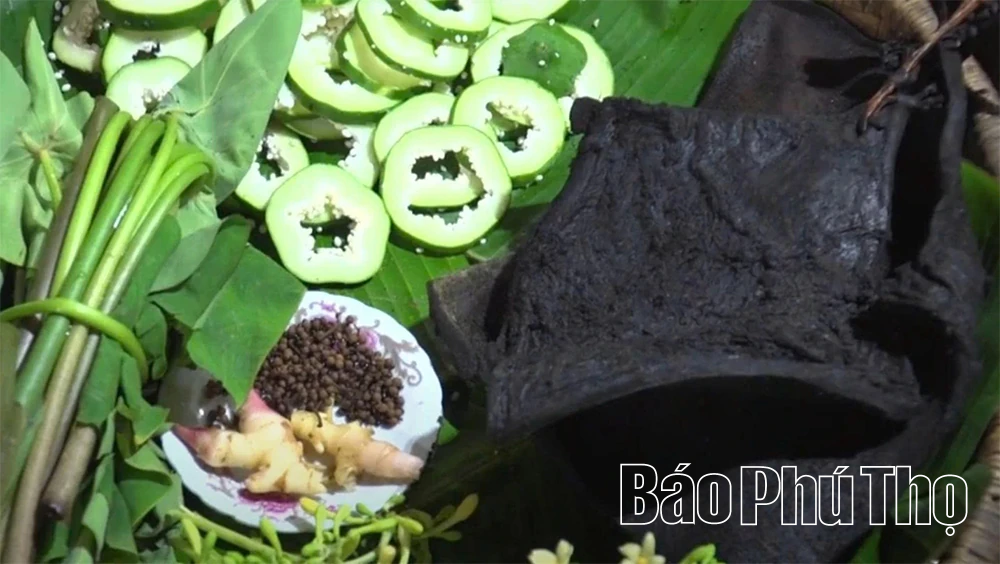

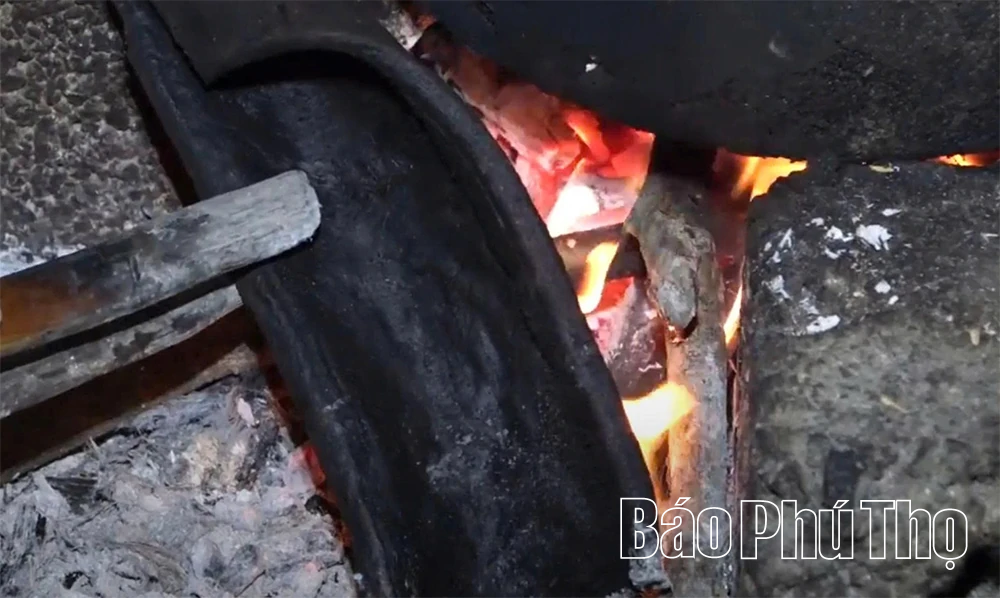
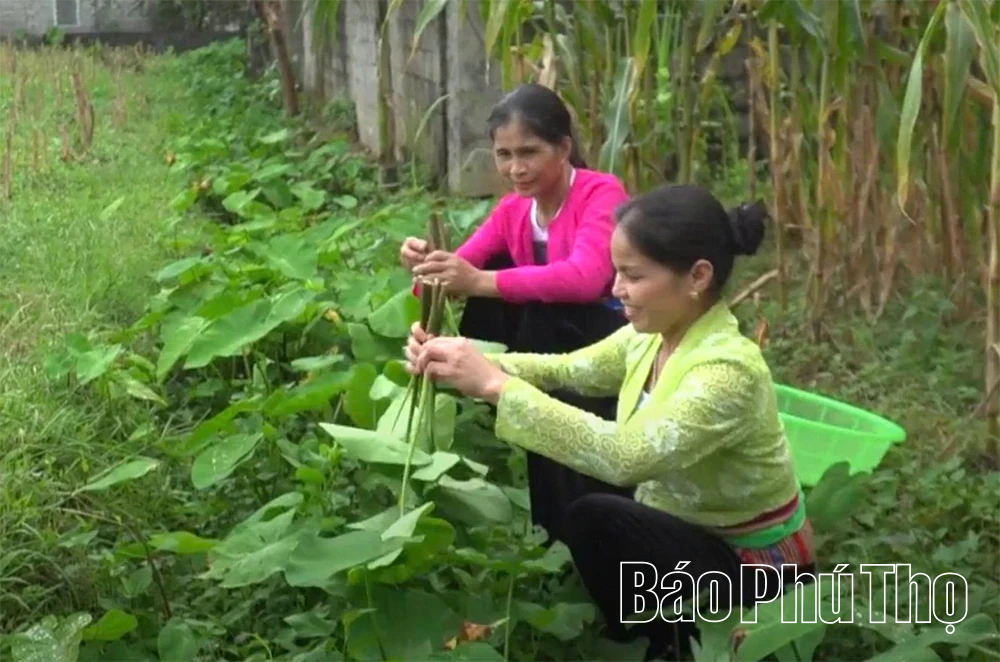
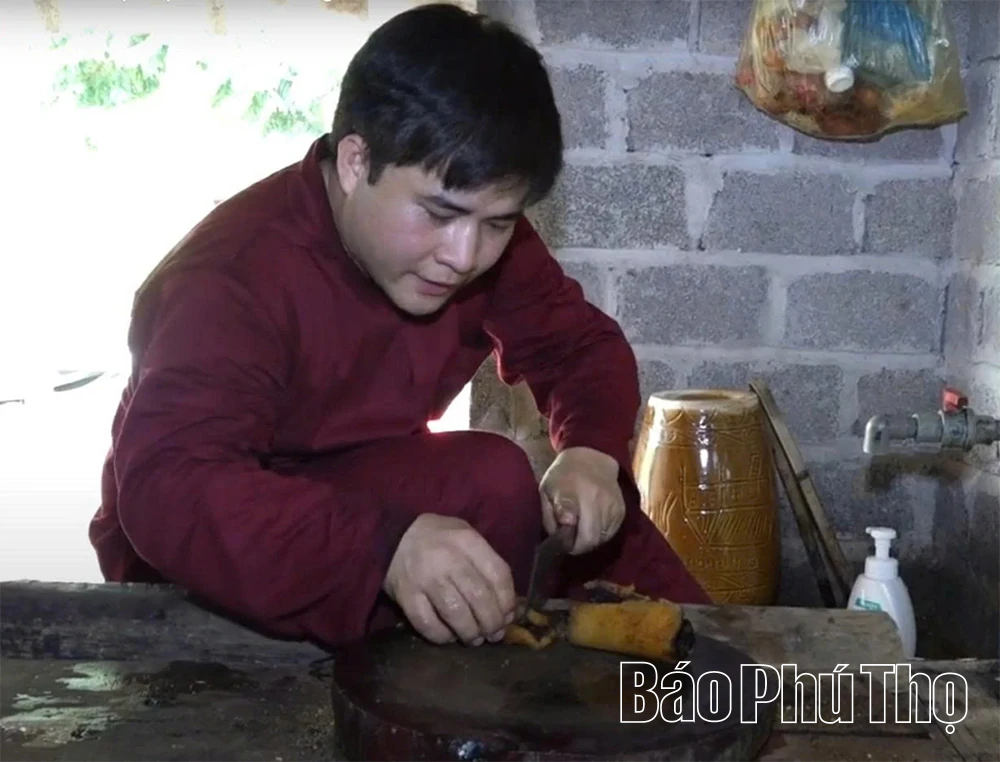
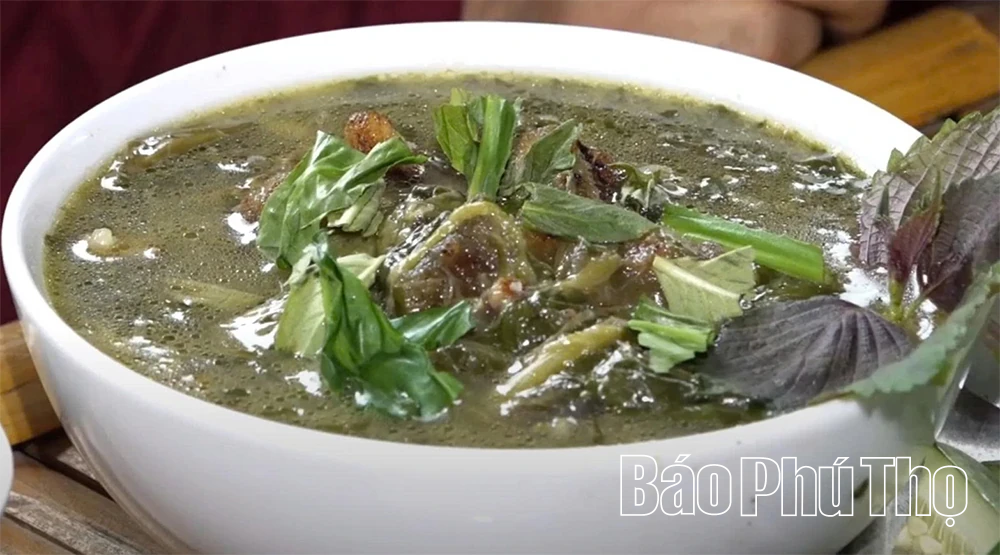


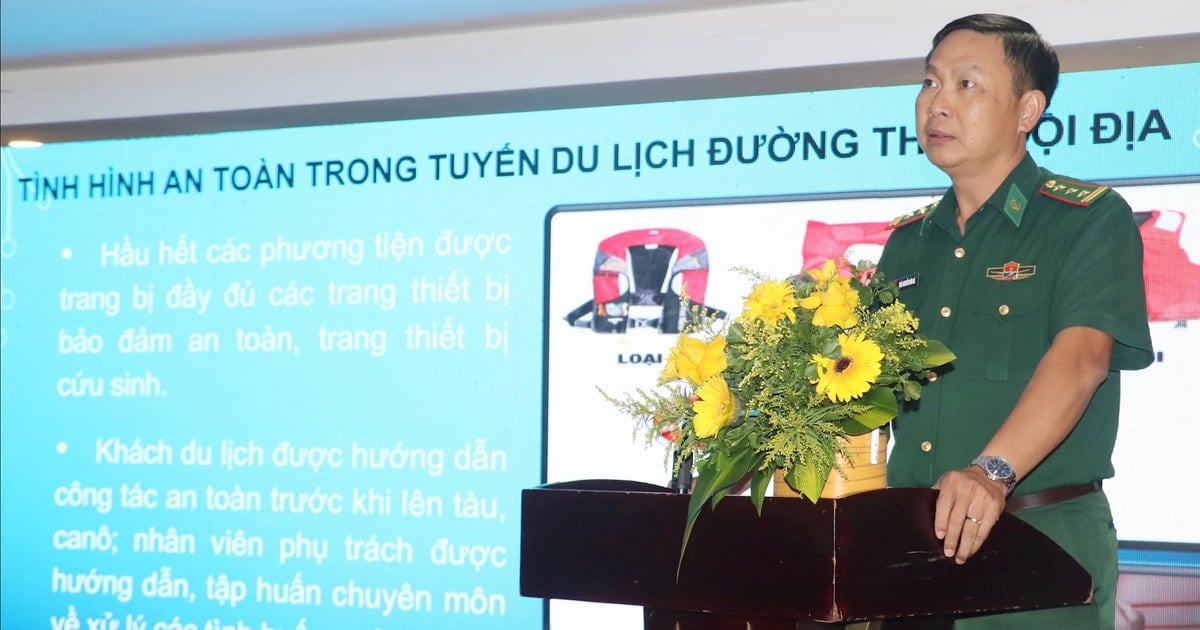

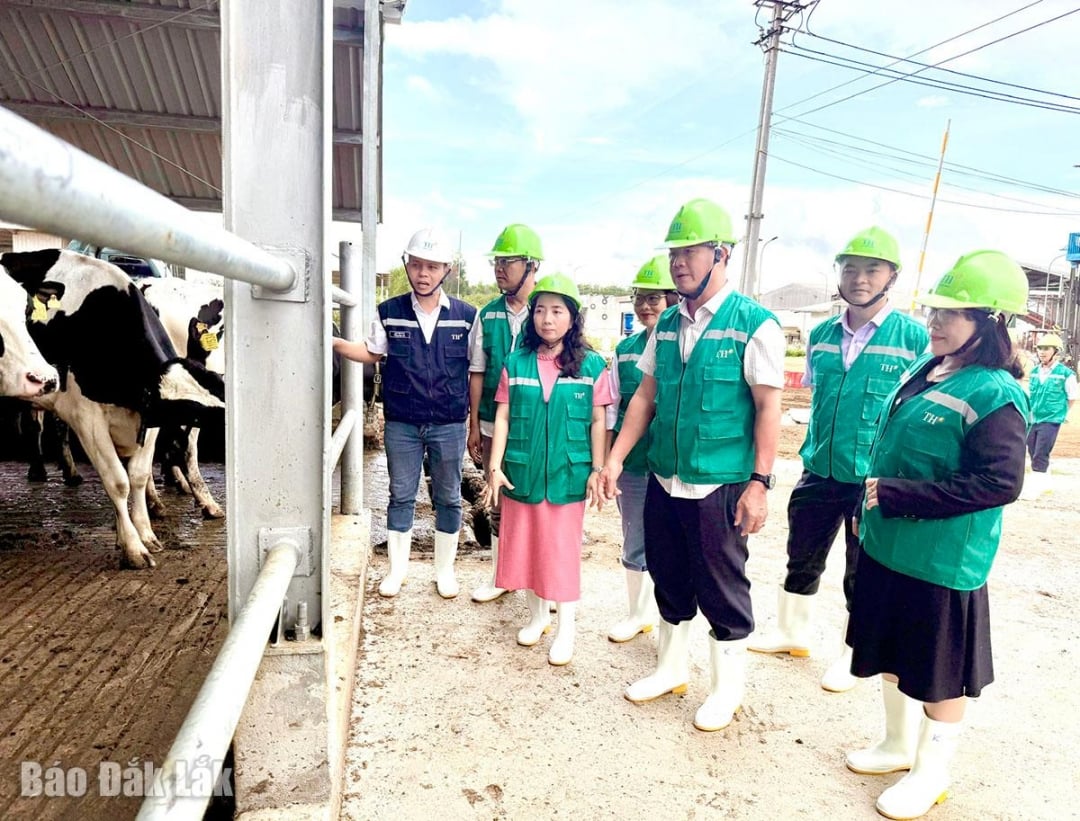


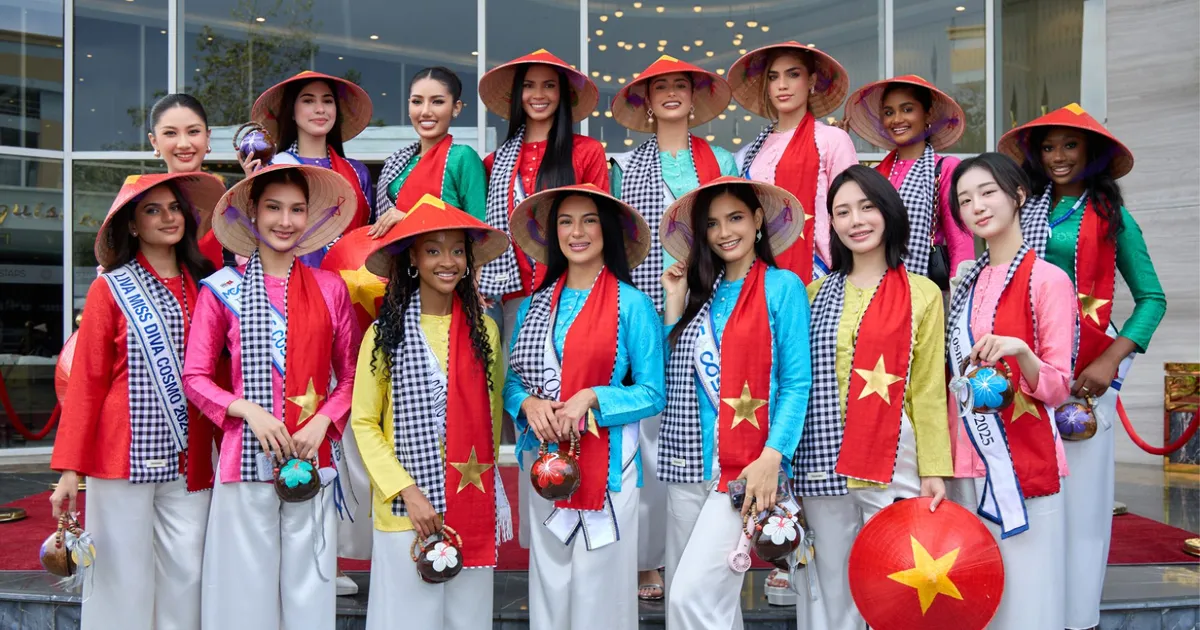

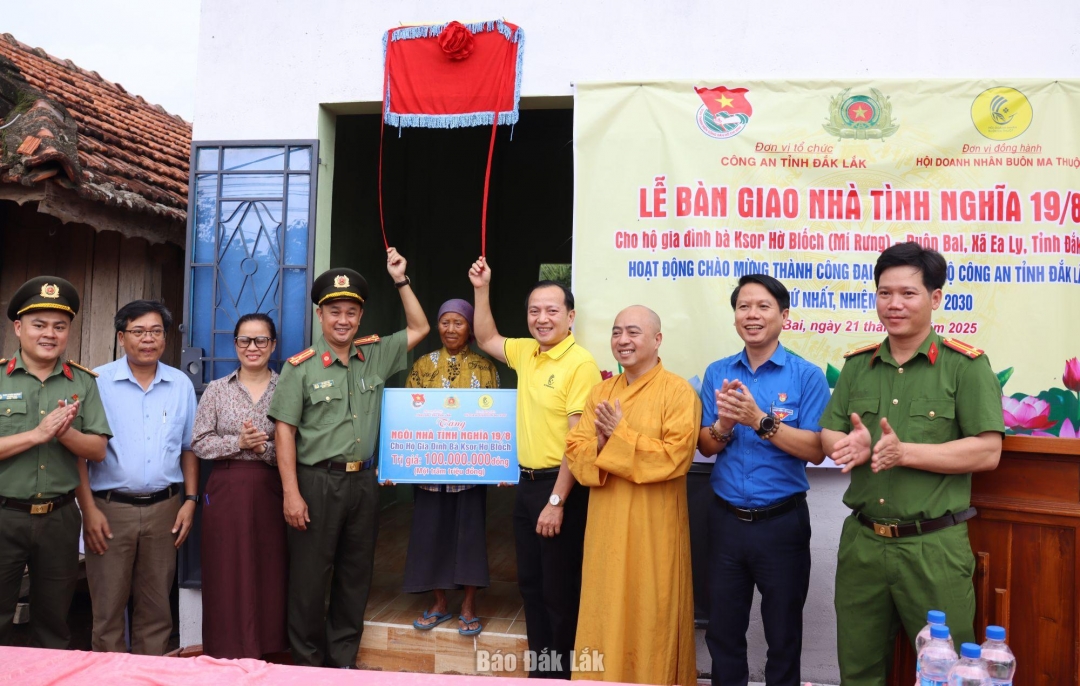










![[Photo] An Phu intersection project connecting Ho Chi Minh City-Long Thanh-Dau Giay expressway behind schedule](https://vstatic.vietnam.vn/vietnam/resource/IMAGE/2025/8/21/1ad80e9dd8944150bb72e6c49ecc7e08)


![[Photo] Politburo works with Standing Committees of Lang Son and Bac Ninh Provincial Party Committees](https://vstatic.vietnam.vn/vietnam/resource/IMAGE/2025/8/20/0666629afb39421d8e1bd8922a0537e6)
![[Photo] Prime Minister Pham Minh Chinh receives Australian Foreign Minister Penny Wong](https://vstatic.vietnam.vn/vietnam/resource/IMAGE/2025/8/20/f5d413a946444bd2be288d6b700afc33)

































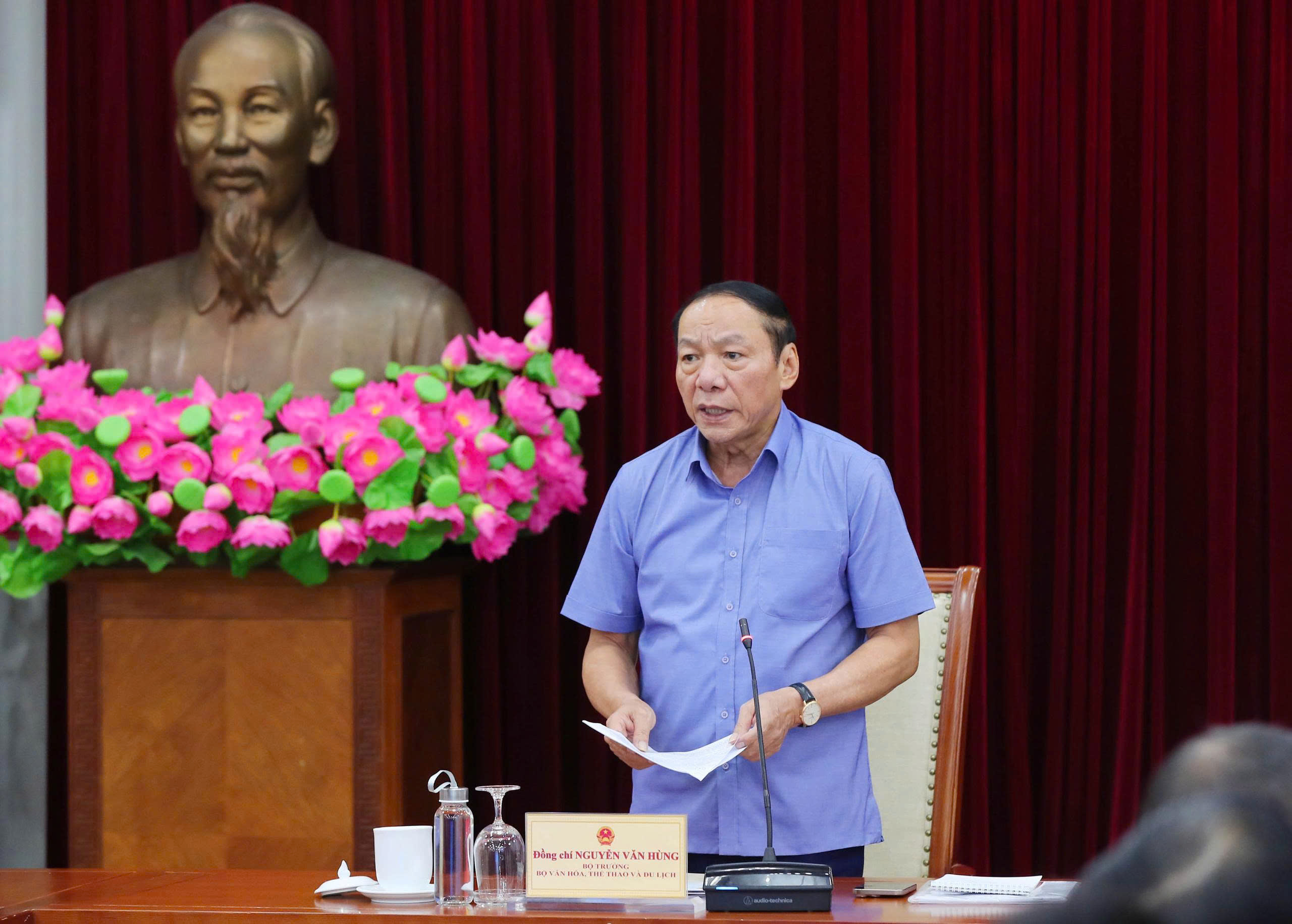



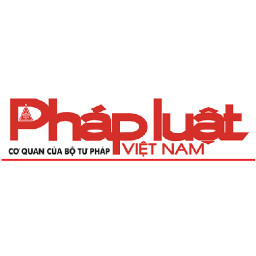































Comment (0)